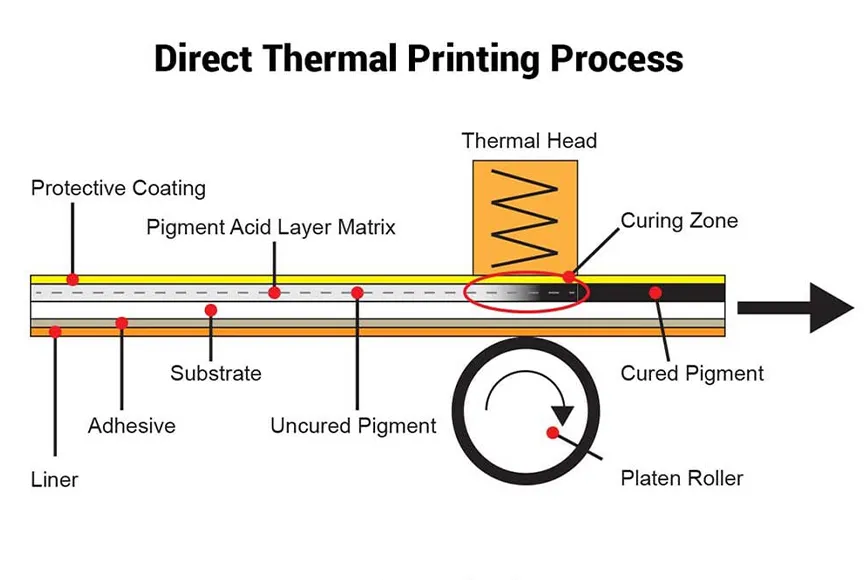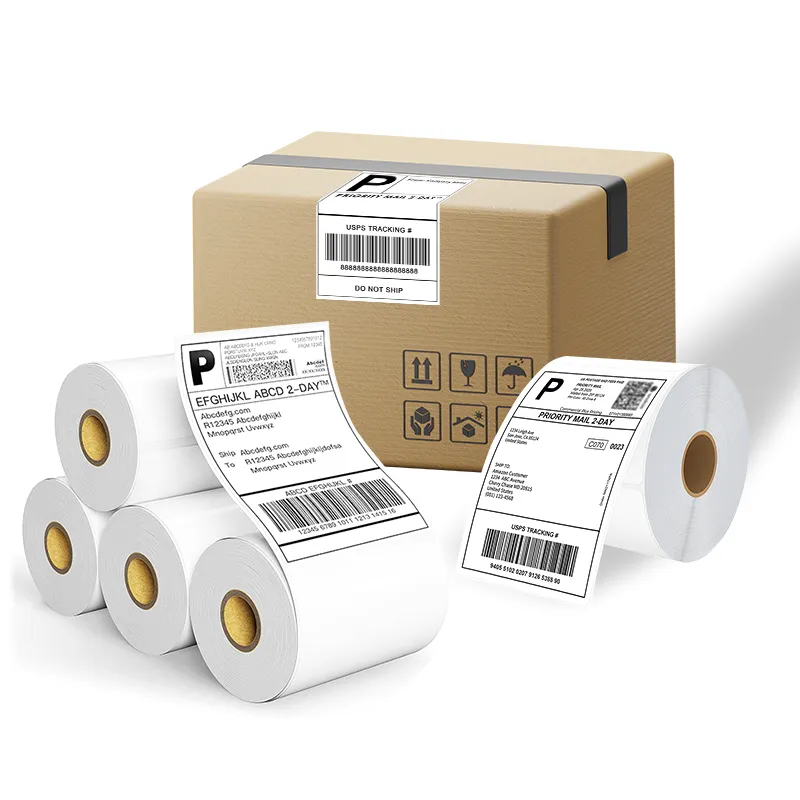The Complete Guide to Thermal Transfer Labels
What is a thermal transfer label? How do thermal transfer labels work?
How long do thermal transfer labels last?
Material selection and application scenarios of thermal transfer labels:
The selection of thermal transfer label materials is crucial. Here are some common materials and their applicable scenarios:
Paper materials:
Features: thermal transfer paper labels is low cost, clear printing and easy to handle.
Applicable scenarios: paper thermal transfer labels are suitable for indoor use and short-term applications, such as commodity identification, inventory management and temporary labels.
Polypropylene (PP):
Features: polypropylene thermal transfer labels are tear resistance, strong water resistance, and chemical corrosion resistance.
Applicable scenarios: thermal transfer polypropylene labels are suitable for warehousing, logistics and wear-resistant environments, often used for product labels and shipping labels.
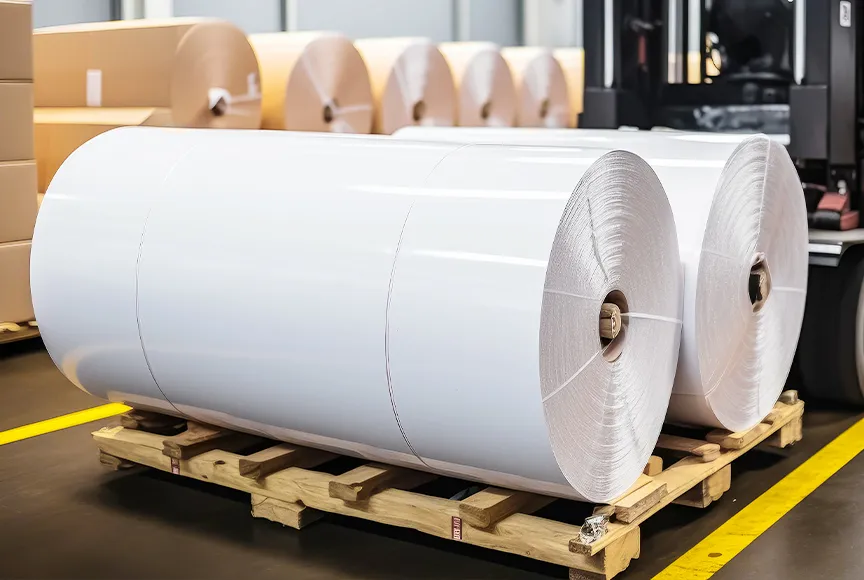

Polyester (PET):
Features: polyester labels thermal transfer has extremely high durability and abrasion resistance to high and low temperatures and UV rays.
Applicable scenarios: polyester thermal transfer labels are widely used for long-term identification in harsh environments, such as industrial manufacturing and outdoor equipment identification.
Vinyl (PVC):
Features: vinyl thermal transfer labels are flexible and weather resistant, suitable for outdoor use.
Applicable scenarios: thermal transfer vinyl labels are commonly used for cable marking, asset management and equipment labelling, and can resist moisture and climate change.
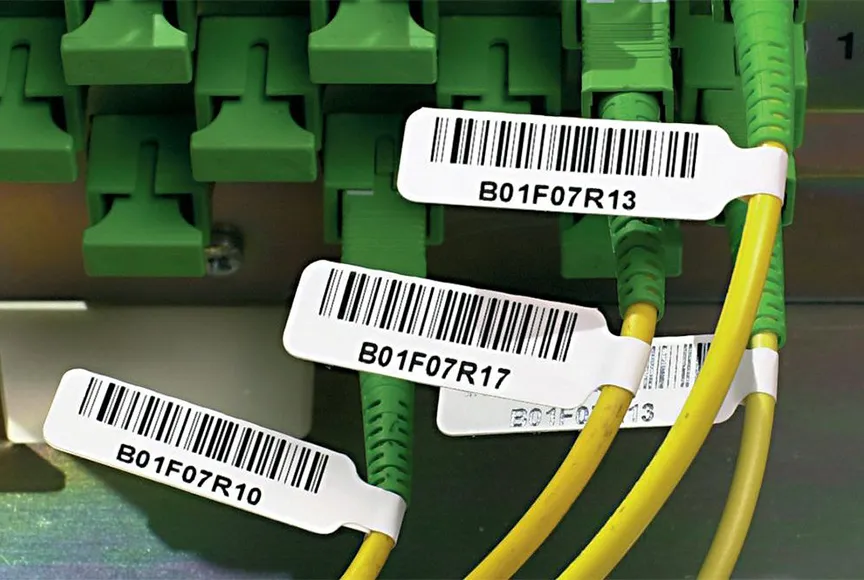
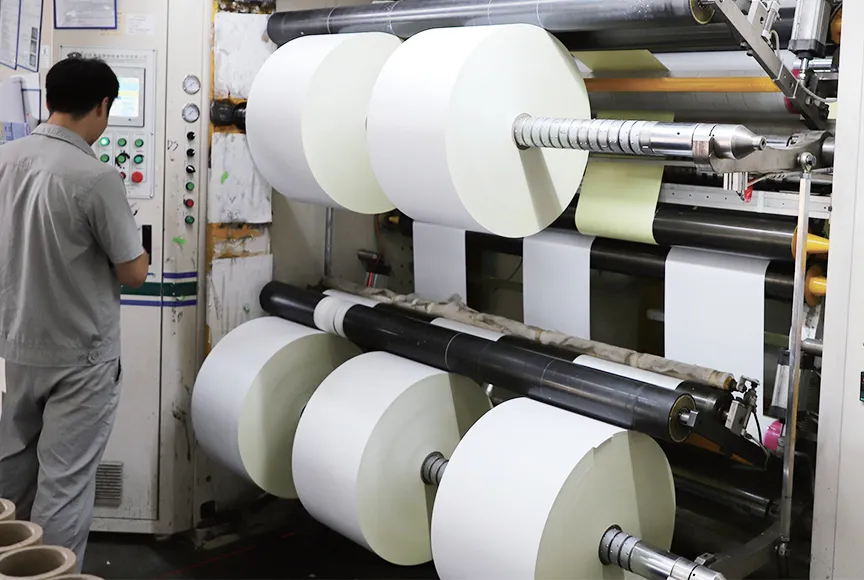
Synthetic paper:
Features: thermal transfer synthetic labels combine the advantages of paper and synthetic materials with good tear resistance and water resistance.
Applicable scenarios: thermal transfer synthetic labels are suitable for occasions where cost and durability need to be taken into account, such as logistics labels and product labels.






 Thermal labels
Thermal labels
